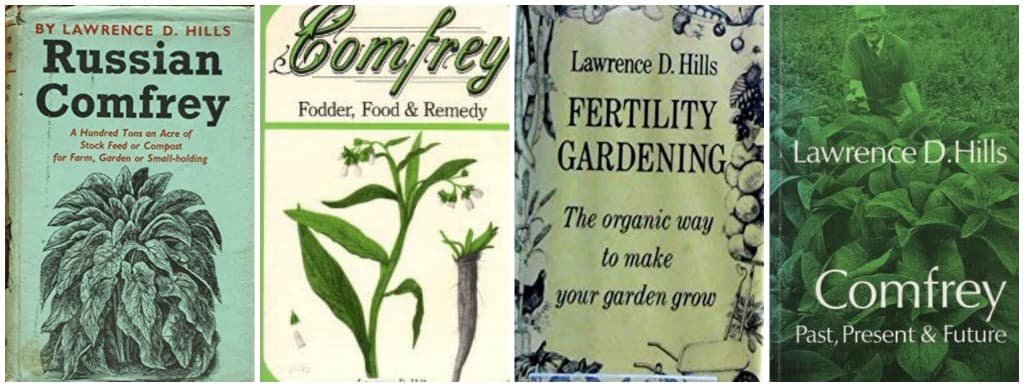
Comfrey – The Most Beneficial Plant
Comfrey – Russian Bocking 14 is one of the most useful plants for your garden and property. Chickens, goats, horses and cows love wilted Comfrey leaves, some farm animals are less finicky and will ingest it right from the plant. It is also a great source of fertilizer for your property. Comfrey also has great healing purposes as well.
The History of Comfrey
Symphytum Uplandicum – The botanical name for Comfrey. It is a native herb in Britain that has been used as a healing herb, also known as Knitbone.
Lawrence D Hills – An author of many Comfrey books- started a breeding program using Comfrey for gardeners and the beneficial uses for Comfrey Bocking 14.
Garden Uses
Comfrey contains high levels of Nitrogen, Phosphorus and Potassium which is very beneficial to growing a garden. Comfrey has very long roots that carry these natural necessary fertilizers that are crucial to a gardener. These natural fertilizers are ideal for vegetables, especially tomatoes and potatoes. The Comfrey leaves can be harvested and made into garden compost tea as a fertilizer added to plants.
Compost Tea Recipe – A simple recipe of Comfrey leaves and water. Add Comfrey leaves to a barrel, about ¼ of the barrel, fill remaining barrel with water. In 4 weeks your compost tea will be ready for fertilizing your garden.
Comfrey Leaves- From an established comfrey bed, you can harvest the leaves three, four to sometimes five cuttings per season. Use those wilted leaves and let them decompose over your garden plants such as tomatoes and potatoes. The ground and the plants will suck up the wonderful nutrients that Comfrey offers. Over the season you can expect to get three or four and sometimes five cuts from an established comfrey bed.
Lawrence D Hills did a potato plant trial study using Comfrey as a fertilizer vs manure and artificial fertilizer. He layered the Comfrey leaves by mulching them, then added the mulch to the plants. He documented that there was a higher yield and an improved taste from the Comfrey mulch vs the manure and artificial fertilizer. He also tested the same trial on french and runner beans as well as tomatoes. He noticed the yield and taste were a significant improvement. By just using Comfrey as a fertilizer, you will end up with organic fruits and vegetables.
Comfrey is a wonder plant used in a variety of topical uses. The world wide web hosts a large variety of recipes for the following uses; salves, creams, ointment, balms, poultice, root powder and oils.
The recipes have been known to treat ailments of bruises, wounds, gout, ulcers of the lungs, aches and pains as well as something as serious as broken bones. Comfrey is known for its increased rate of cell multiplication that speeds up healing.
Lawrence D Hills recipe
20 Gallon Drum
14 lbs of Comfrey leaves
Fill drum with water and let sit for 4 weeks.
Dip your watering can into the barrel and water your plants with it.